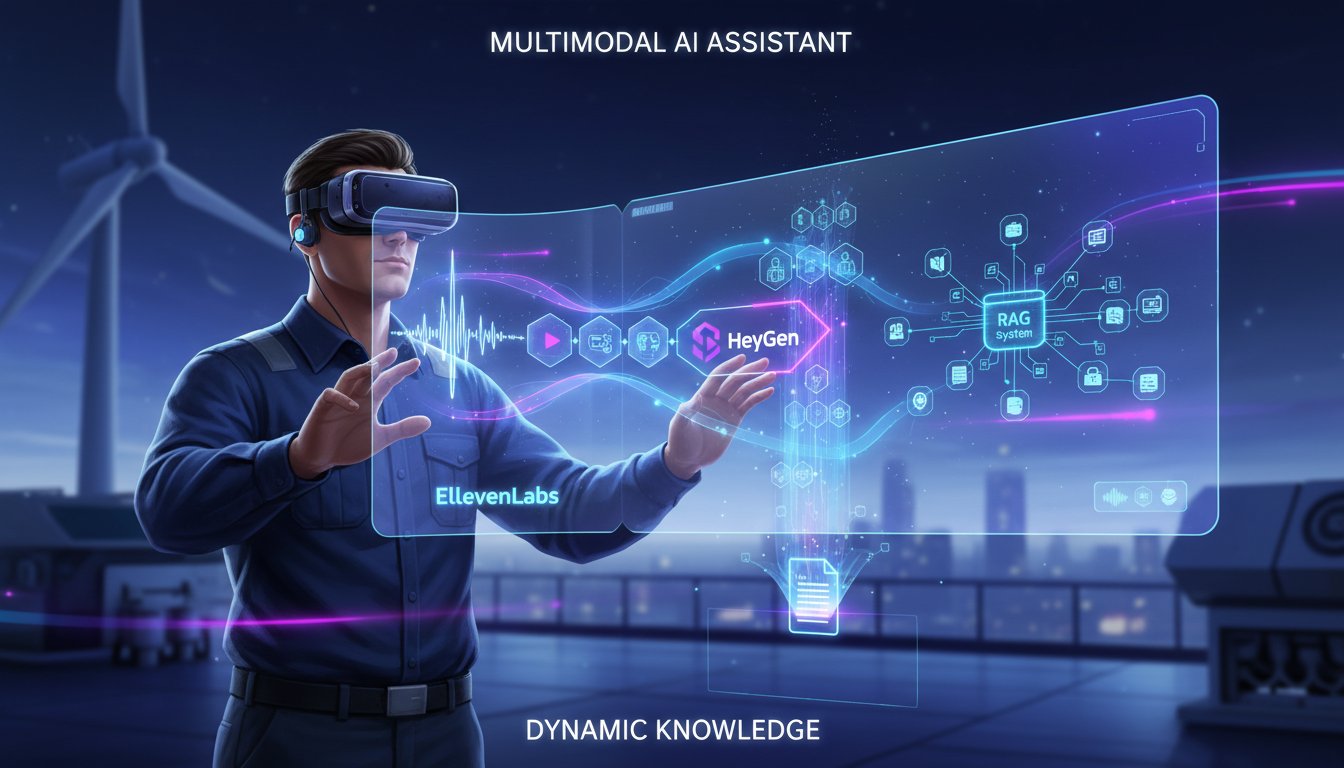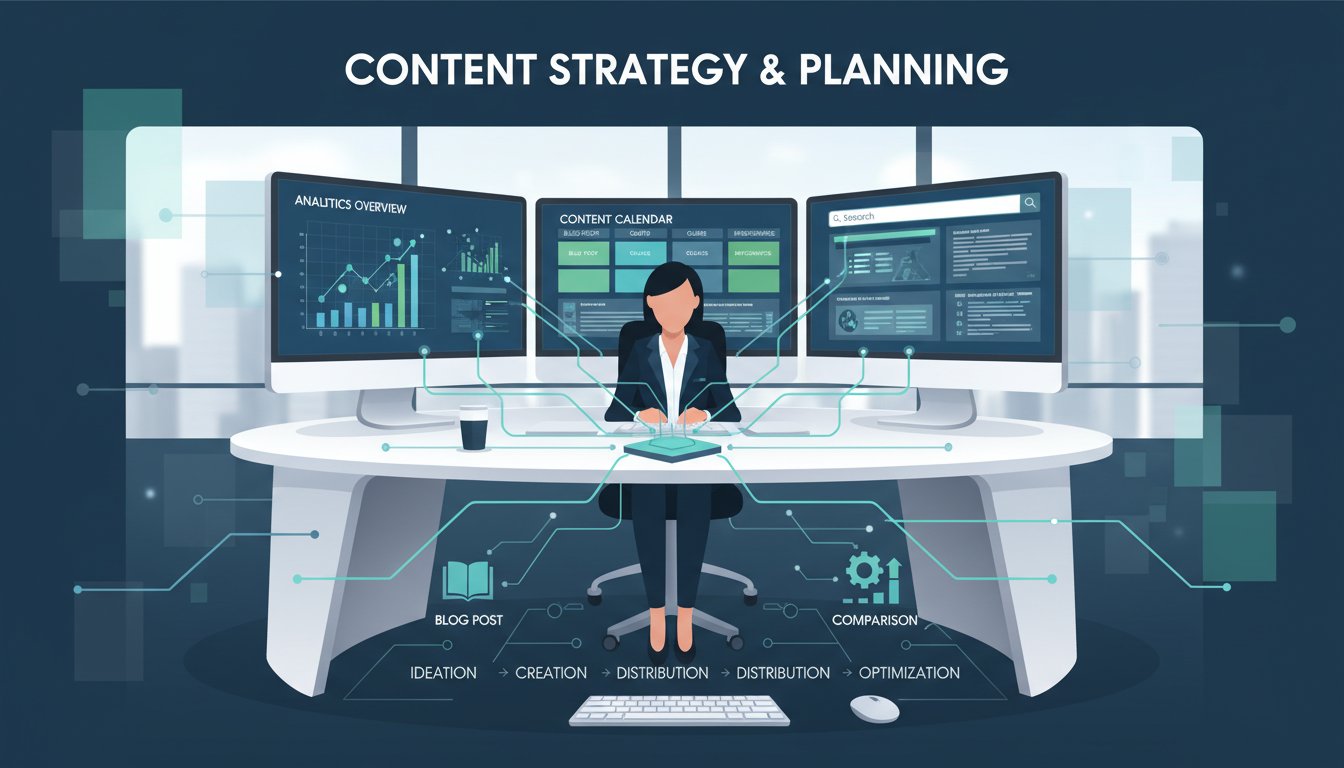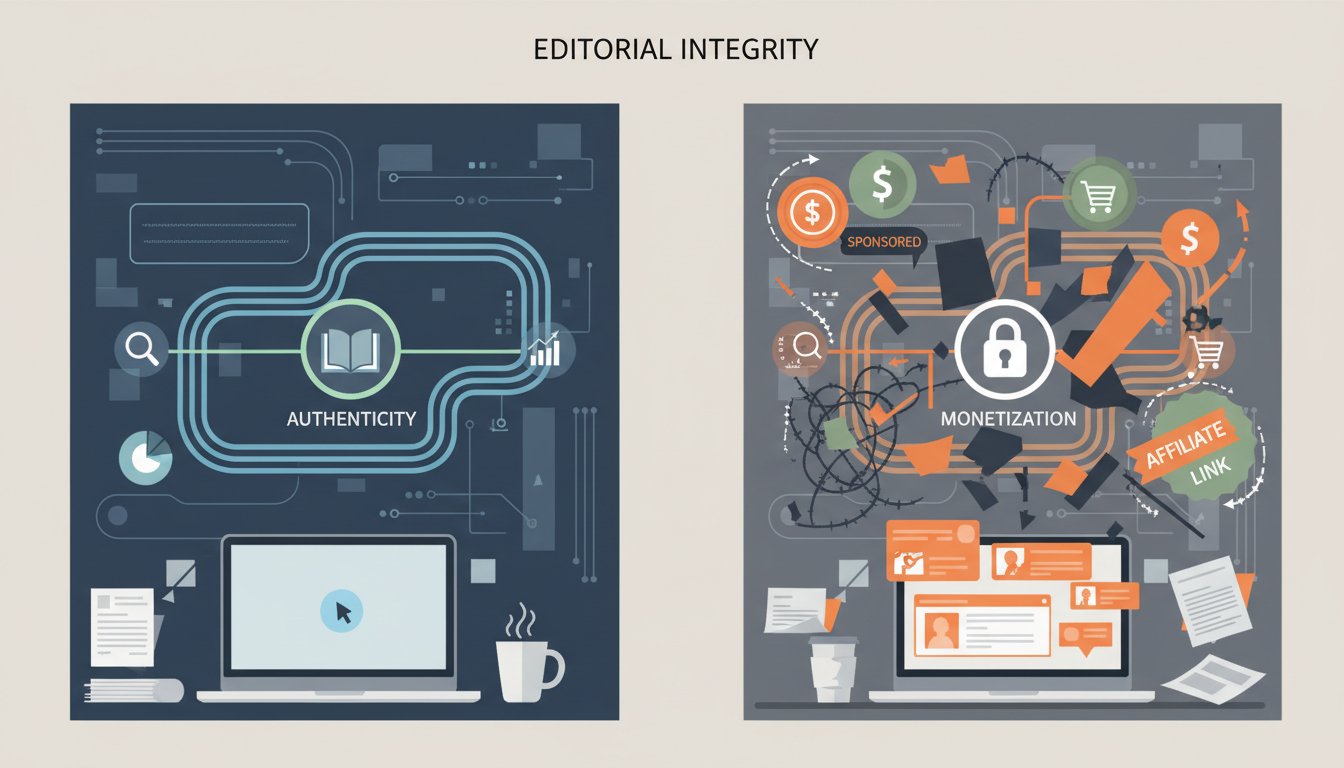Introduction
Imagine querying your company’s knowledge base and receiving the best answer, mapped to the latest sales report, product update, or customer conversation—without wading through confusing search results. That’s the promise of Retrieval Augmented Generation (RAG): giving LLMs a live wire to your data, so their outputs aren’t just generic, but grounded, specific, and current.
For engineering teams at the enterprise level, the challenge isn’t just language understanding. It’s context. LLMs trained on static data can hallucinate or miss vital context for business decisions. Meanwhile, AI-savvy organizations are hungry for systems that combine the creativity of LLMs with the reliability of structured, up-to-date data. How can you assemble such a system—without overwhelming dev time or risking costly errors?
In this guide, we’ll unpack the secret sauce for enterprise-grade RAG: blending real-time information retrieval with large language models. We’ll cover architecture essentials, common pitfalls, toolchains, and real-world examples, all tailored to help software engineers understand how to make it work—faster, smarter, and with fewer headaches.
By the end, you’ll be ready to plan, benchmark, and deploy a RAG system that delivers relevant, context-aware answers at scale.
What Is RAG, and Why Does It Matter?
RAG at a Glance
Retrieval Augmented Generation (RAG) is an AI architecture that fuses powerful LLMs (like GPT-4 or Llama) with external, up-to-date information. Instead of relying solely on a model’s training data, RAG fetches relevant documents or records from knowledge bases on demand and injects them into the model’s prompt. The result? Output that’s not only fluent and creative, but also fact-checked and context-rich.
Proof Point: As outlined by NVIDIA and AWS, enterprise RAG adoption is surging thanks to its ability to improve answer accuracy, reduce hallucinations, and tap into real-time business data.
Where RAG Makes the Difference
- Internal Knowledge Management: Samsung SDS’s award-winning SKE-GPT system uses RAG to surface company expertise instantly, transforming onboarding and support workflows.
- Customer Support & Compliance: Enterprises in finance and healthcare leverage RAG to manage complex, regulated data, reducing manual research time and errors (Signity Solutions).
- Chatbots and Agents: ServiceNow’s community shows RAG is now a go-to strategy for building cost-effective, high-performance AI chatbots.
Anatomy of an Enterprise-Grade RAG System
Core Building Blocks
- Large Language Model (LLM): GPT-4, Llama, or similar for natural language generation.
- Retriever: Vector search engine (e.g., FAISS, Pinecone) or SQL/NoSQL search connects to internal/external data.
- Index: Stores embeddings of enterprise documents, updated automatically or on schedule.
- Stack Orchestration: Langchain, Haystack, and LlamaIndex are leading frameworks for managing RAG pipelines (see K2view review).
Example: An engineer implementing a chatbot for insurance claims might use LlamaIndex to index thousands of policy docs, and Langchain to manage the end-to-end retrieval/prompting workflow.
Real-Time Data Integration
- Incremental Indexing: Regularly update knowledge base indexes to mirror the most recent data. Some companies use real-time event streams (Kafka/Change Data Capture) to automate this.
- Data Quality: Use access controls and data cleaning pipelines to ensure retrieved content is up-to-date and relevant.
Security & Governance
Enterprise RAG systems must restrict sensitive content (think: HR docs, legal agreements) and maintain audit logs. Role-based retrieval and document-level permissions are standard in pre-built platforms (see ChatBees).
How-To: Stepwise Guide to Building Robust RAG Pipelines
1. Define the Domain and Data Sources
Map out: what knowledge do users need? Legal? Customer emails? Product specs? Connect to source systems via database or API.
- Tip: Start with a contained dataset (e.g., knowledge base articles) and expand as you tune retrieval quality.
2. Choose Your Tools
- Frameworks: Langchain, Haystack, LlamaIndex, EmbedChain—each excels at different integration patterns. Langchain in particular is lauded for flexibility in enterprise workflows.
- Retrieval Backends: Pinecone for massive scale, or open-source FAISS for internal projects.
3. Create and Update the Index
- Use embedding models (OpenAI, Cohere, or open-source alternatives) to encode documents.
- Schedule regular updates to the index.
Expert insight: Leading teams automate index refreshes in CI/CD workflows, ensuring the freshest knowledge is always available.
4. Implement Retrieval and Augmentation Logic
- On user query, fetch top-N most similar documents.
- Inject these as context into the LLM prompt.
- Experiment with prompt templates for optimal answer formatting.
5. Monitor and Evaluate
- Track key metrics: answer relevance, factual accuracy, response latency.
- Use open-source evaluation frameworks (see VentureBeat’s reality check tool) to benchmark performance.
Case in point: Imbrace streamlined knowledge management for a multinational by tracking RAG retrieval scores—sharp reduction in time-to-answer and increased user satisfaction.
Common Pitfalls (and How to Avoid Them)
- Stale Data: If you don’t update indexes, answers quickly lose accuracy. Automate and monitor refresh cycles.
- Wrong Tool for the Job: Overengineering with heavyweight vector databases for small sets, or vice versa, can cause bottlenecks.
- Lack of Guardrails: Ensure sensitive data isn’t exposed during retrieval—implement access controls early, not as an afterthought.
- Over-Reliance on LLMs: Use retrieval as the first defense; let the LLM synthesize, not invent, business-critical information.
Industry trend: Many organizations now combine RAG with traditional search or rules-based systems for extra reliability.
Real-World Impact: Success Stories From the Field
- Samsung SDS SKE-GPT: RAG-powered AI reduced internal search time for employees by 40%, improving productivity and morale (Samsung SDS).
- Insurance Company: Automated claims QA with RAG, cutting review times by 60% and slashing support costs (Evidently AI).
- Fintech Firm: Used multi-source RAG (real-time + batch) for regulatory compliance, reducing risk and speeding up audits.
These wins show that RAG isn’t just a technical upgrade—it changes how organizations interact with information.
Conclusion
Building enterprise-grade RAG is no longer a mystery. Blending real-time data retrieval with powerful LLMs lets you deliver answers that are not just clever, but confident and correct. Start by mapping business needs, picking the right tools, and instilling guardrails from day one.
The secret? Treat retrieval as a first-class citizen in your AI stack. With community-driven frameworks, pre-built platforms, and a growing ecosystem, the time is right to give your enterprise AI the edge of real-time knowledge.
Still curious about the nuts and bolts, or want hands-on guidance? Keep reading Rag About It for deep dives and walkthroughs from engineers building these systems every week—because the future of AI is retrieval-augmented.
Next Step:
Ready to architect your own RAG pipeline? Subscribe to Rag About It for step-by-step guides, code samples, and the latest tool reviews. Unlock smarter AI for your organization today.




